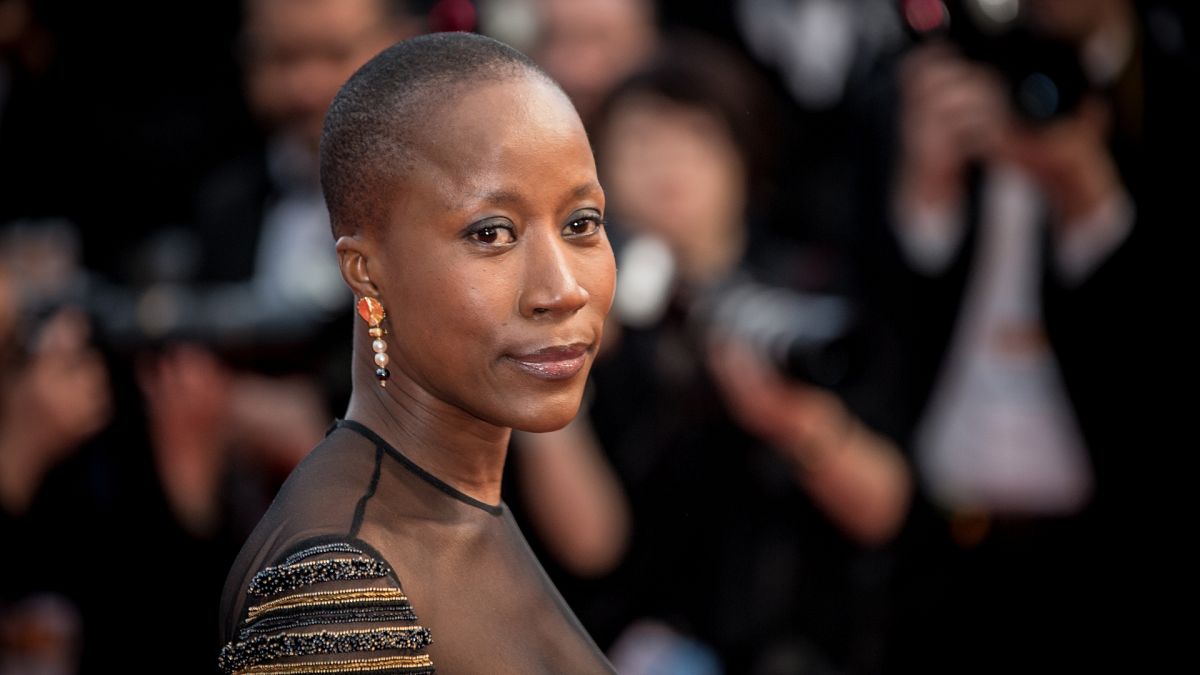As the Paris Mathematics Museum turns one, Euronews Culture speaks to two of its main organisers about the unusual process that led to France’s first maths museum. In a red brick building on a small street in Paris’ historic Latin Quarter, a group of high school students are trying to solve a puzzle. They have to recreate a football from memory, by sticking geometric shapes onto a plain sphere.
It takes some mental gymnastics – hexagons seem like the logical choice, but it’s impossible to cover the ball using only this shape. After some frustration, one of them figures it out - throw in some pentagons at strategic locations, and the sharp angles disappear. The group rejoices.
A version of this scene plays out five days a week at the , France’s first-ever museum dedicated to mathematics. “We tried to create entry points in the museum that would attract people,” says Sylvie Benzoni-Gavage, Director of the Institut Henri Poincaré, which hosts the museum on its campus. “These everyday objects are things people recognise, which allow them to get into the subject a bit more.
” Benzoni-Gavage led a team of professional researchers, mathematics teachers, professors and mediators from other French institutions in designing the museum, carrying on the work of her predecessor, French MP and mathematician Cédric Villani. On 30 September, it will be one year since the museum opened its doors, with the ambitious goal of making maths fun – especially for young people..


















